-
Emotional Incest and Parentification
Sometimes fiction explores a character dynamic which psychologists now have a word for: Covert incest. You sometimes also hear the phrases ’emotional incest’, ’emotional enmeshment’ and ’emotional parentification’. Sometimes you will have to be more mature than your own parent. It will feel odd and unfair, like everything is off its place. It is not […]
-
How To Write A Hate Sink Character
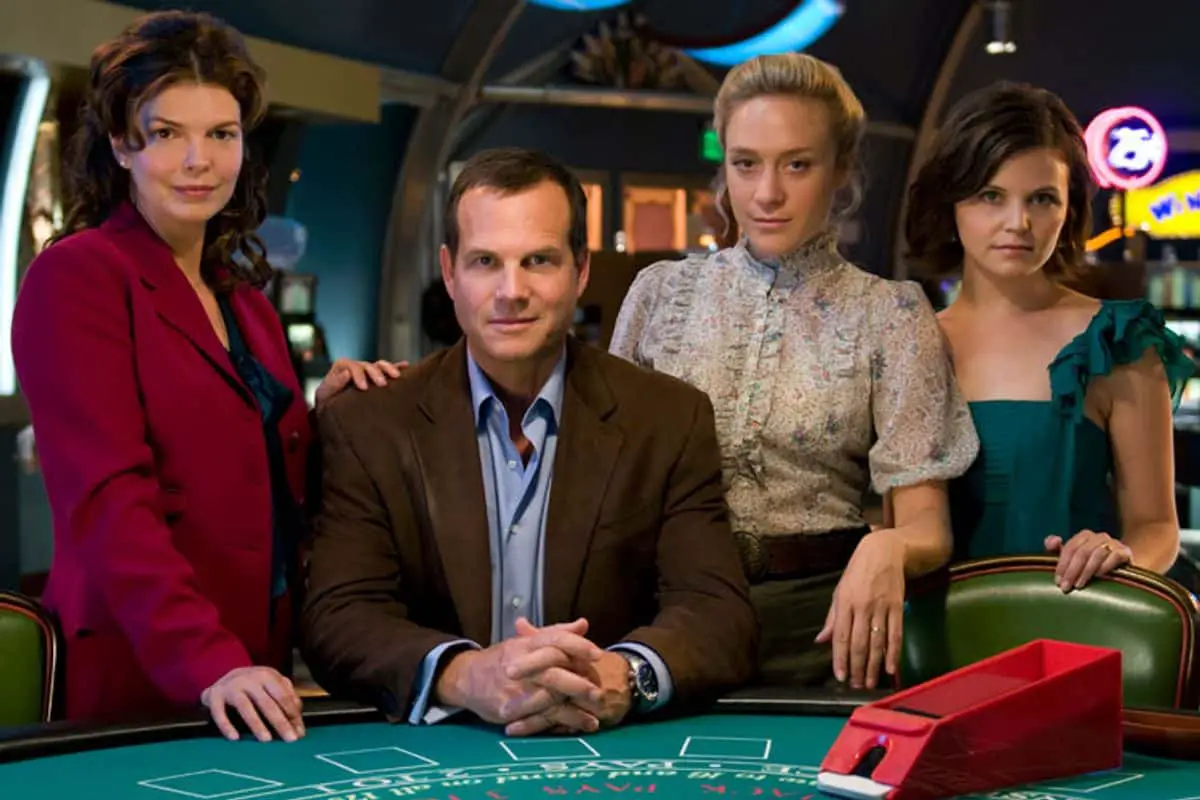
There are certain character traits which audiences universally dislike. When they appear in fiction, audiences understand ‘this is the character I’m supposed to hate’. This character is called the Hate Sink. I have previously explored how writers create unlikeable but sympathetic characters. There is a list of tricks which have been utilised by storytellers to […]
-
Illustrations Of Ominous Faces In Shadow
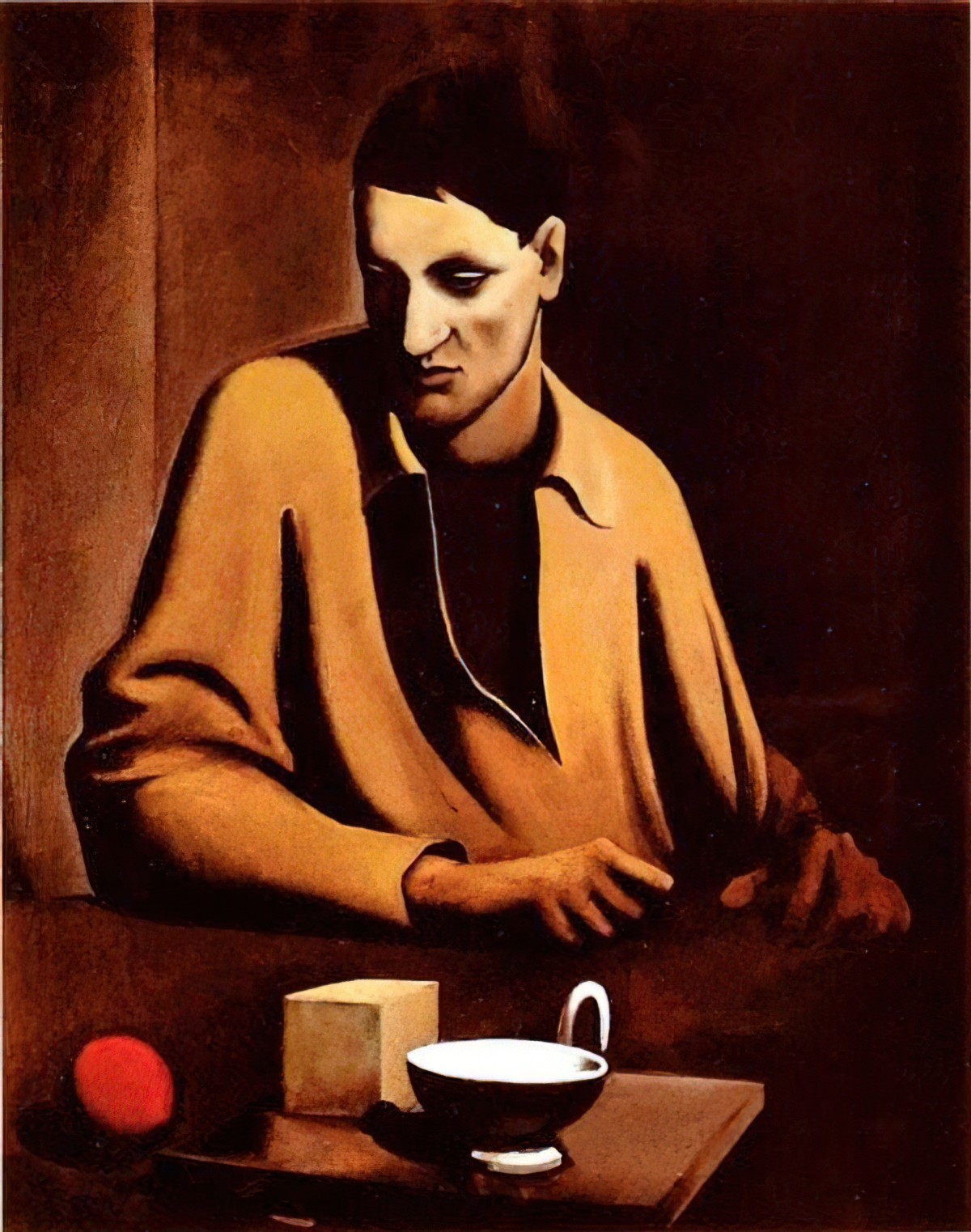
Photographers understand that faces can change significantly depending on how they are lit. Illustrators also know this. Faces obscured are ominous. Below are examples of ominous faces making use of shadow.
-
Silicon Valley and Comedy Character Ensembles

The creators of Silicon Valley reveal to their audience early in the show the thinking behind their ensemble of “five guys”. This may or may not have some realworld application — I don’t know the real Silicon Valley. But even if it doesn’t ring one bit true, every time we do see this particular ensemble in real life tech teams,…
-
The Harlequin and The Circus

Why is the triangle/diamond/lozenge shape associated with the circus? For the answer, we need to go back more than 500 years.
-
Choric Figures In Contemporary Storytelling
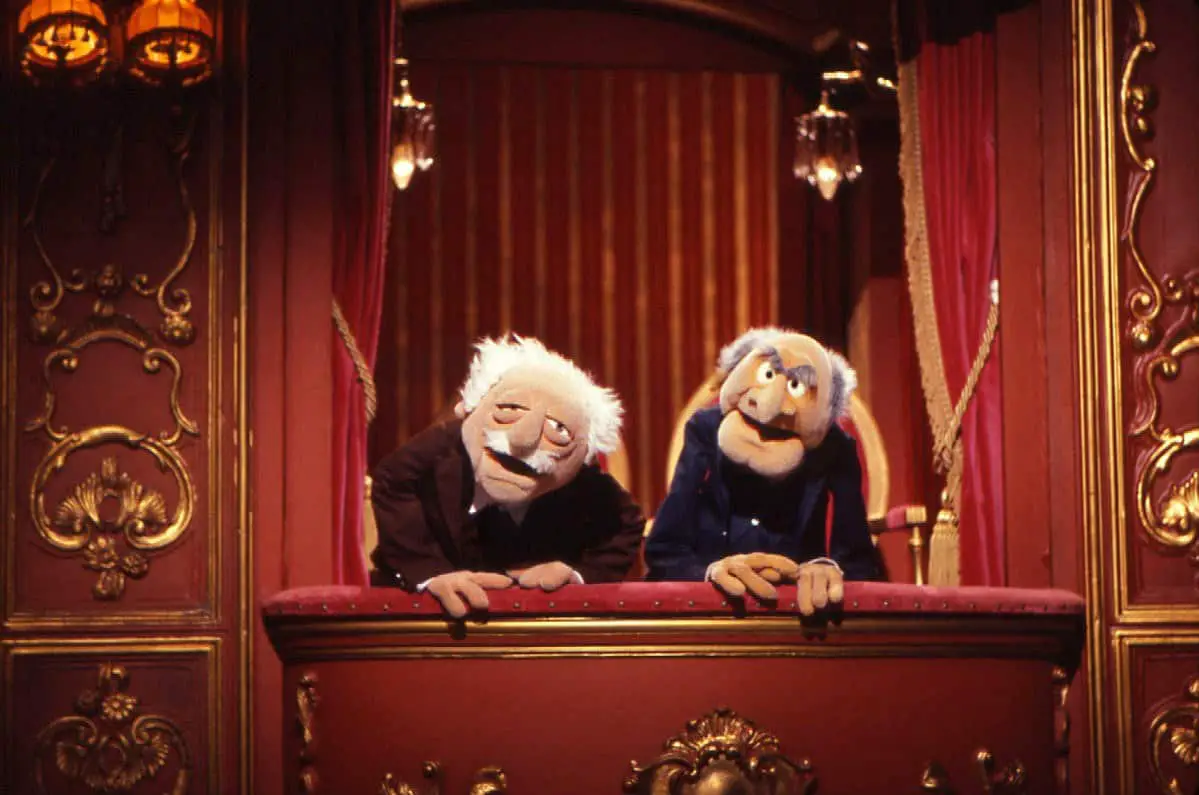
WHAT IS A CHORIC FIGURE? CHORIC FIGURE: Any character in any type of narrative literature that serves the same purpose as a chorus in drama by remaining detached from the main action and commenting upon or explaining this action to the audience. I’ve also seen ‘choral commentator’ and guess it means the same thing. It […]
-
Edwardo The Horriblest Boy In The Whole Wide World by John Burningham and Fabulously Naughty Children
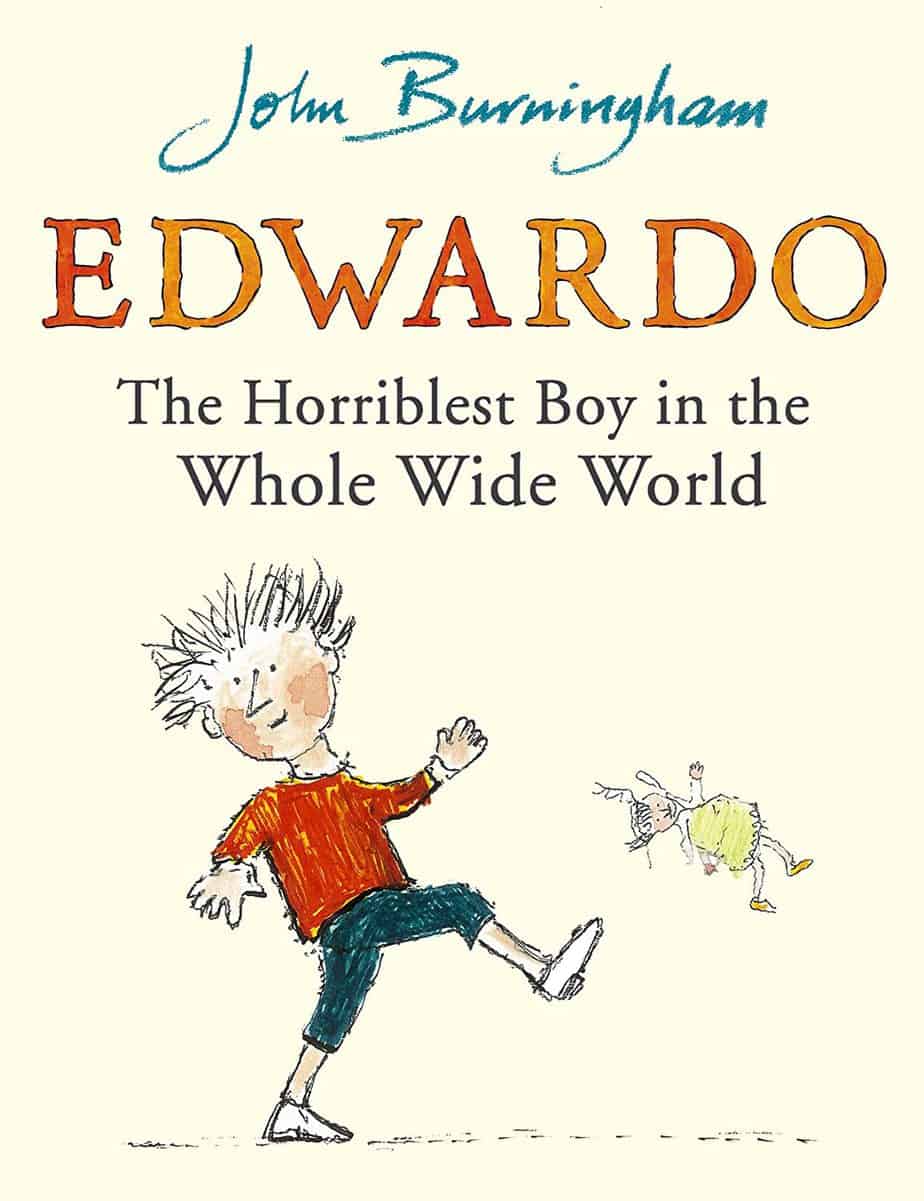
Edwardo, The Horriblest Boy In The Whole Wide World, written and illustrated by John Burningham (2006), is an excellent example of this modern ideology of ‘good’ vs ‘bad’ children, specifically how there is no such thing as good vs bad, but we’re all a little yin yang and can go either way depending on how […]
-
Mr Reginald Peacock’s Day by Katherine Mansfield Short Story Analysis
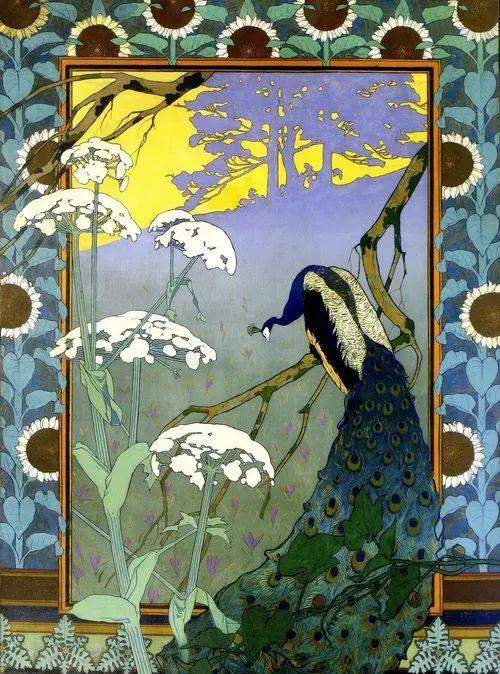
r Reginald Peacock’s Day” (1917) is a short story by Katherine Mansfield, functioning mainly as a character study.
-
Why Do Authors Leave Characters Unnamed?
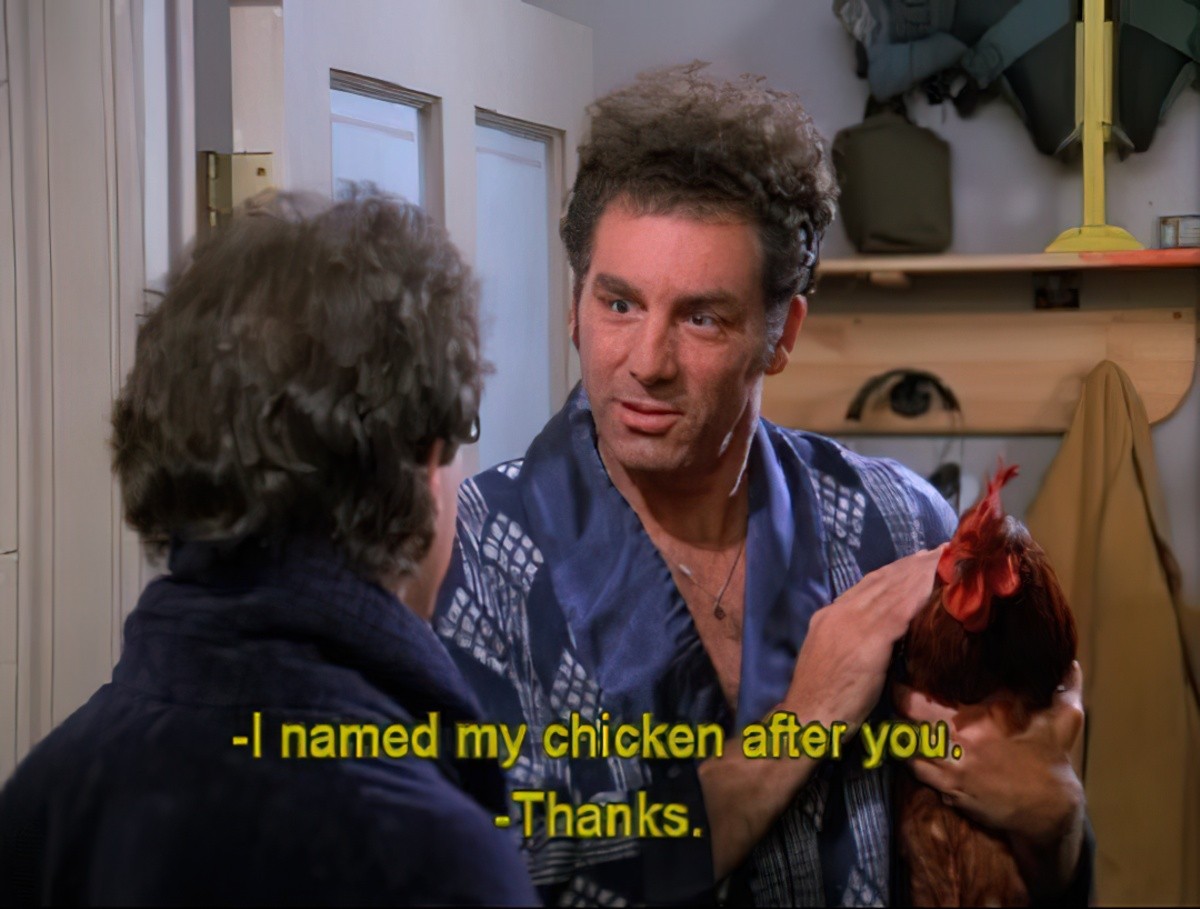
When telling a story, why might a writer choose not to name a character? If you’ve ever written an essay about a fictional work with an unnamed character you’ll realise it’s more hassle not to name a significant character than to just go ahead and call them something. Indeed there are reasons not to.
-
Clowns in Art and Storytelling

Once upon a time clowns were an un-ironic take on the jester archetype. Storytellers could make use of clowns to lighten a mood. Shakespeare did it. Toon. A comic relief character generally intended to be recognized as such — Rosencrantz and Guildenstern are toons (most of Shakespeare’s comic relief characters are toons). Toons have a limited […]
-
The Office Character Studies (US version)

The Office started out in 2001 as a UK mockumentary devised by Ricky Gervais and Stephen Merchant. I can’t enjoy the level of cringe executed by the UK cast, especially the Ricky Gervais boss, who make me want to curl into a ball due to transferred humiliation. But like many, many other viewers I love […]
-
How To Write A Likeable Main Character
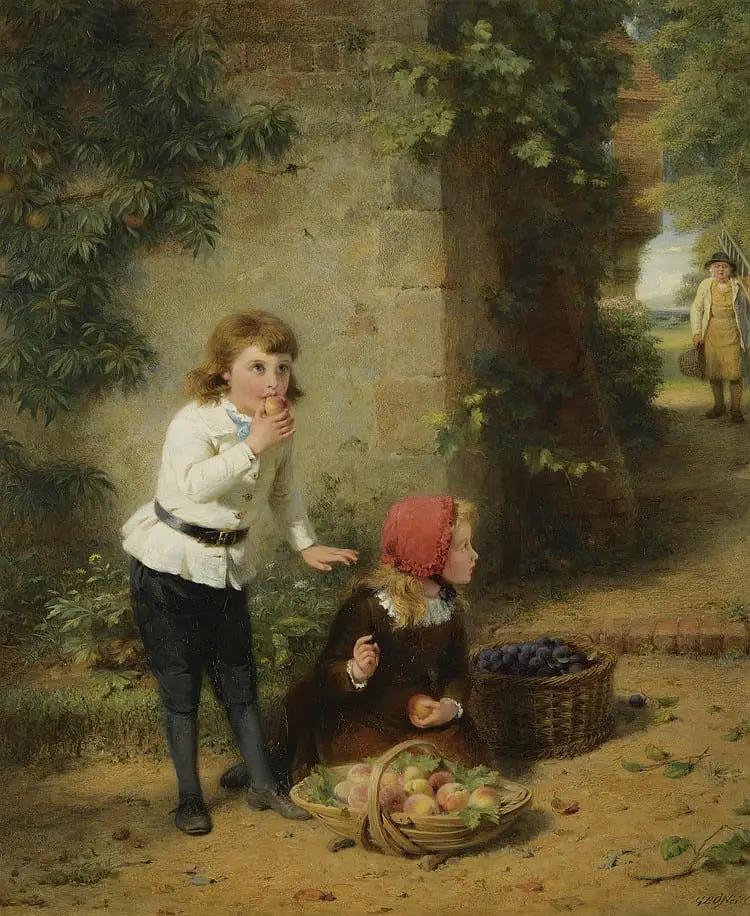
Must characters in stories be likeable? No. Are unlikeable characters popular with audiences? Yes. But they’re harder to write. They need to be all of the things listed below and then some. Some characters in some stories shouldn’t be likeable. But what if you want to create a genuinely likeable main character who appeals to […]
-
Which computer would your character use?
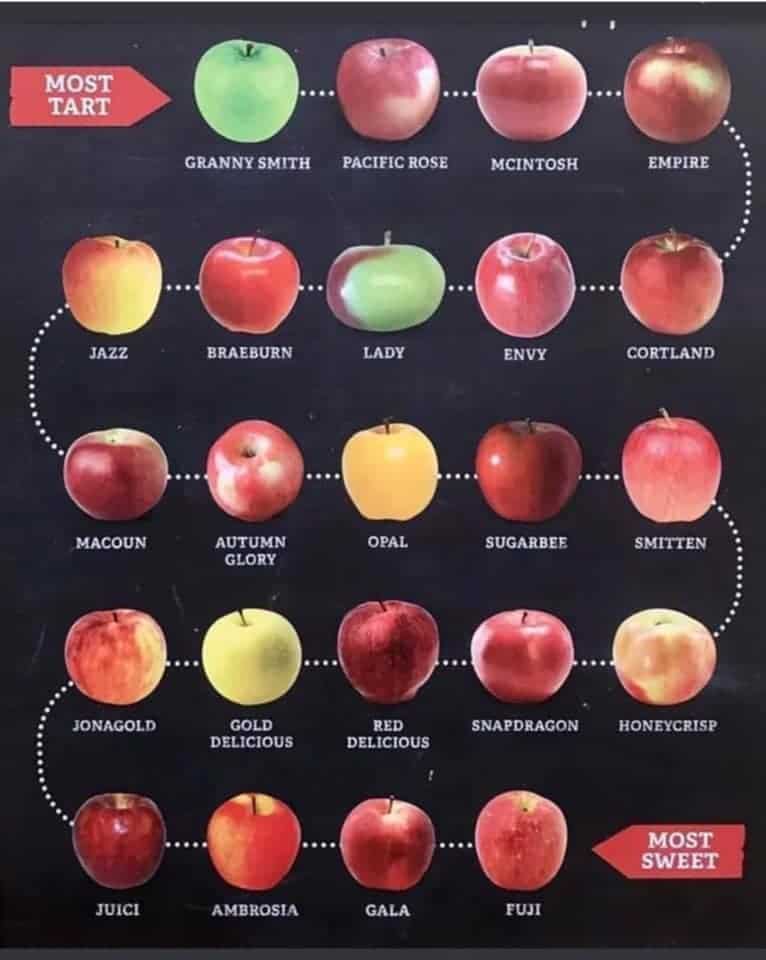
ON TV, EVERYONE OWNS A MAC: one of the most glaring tropes in modern fiction. The more I notice it, the more I notice it. Despite the prevalence of PCs in real life, most fictional characters — in novels as well as on TV and movies — are banging away on an Apple Mac. It’s completely […]
-
The Socially Aspiring Woman Comedy Trope
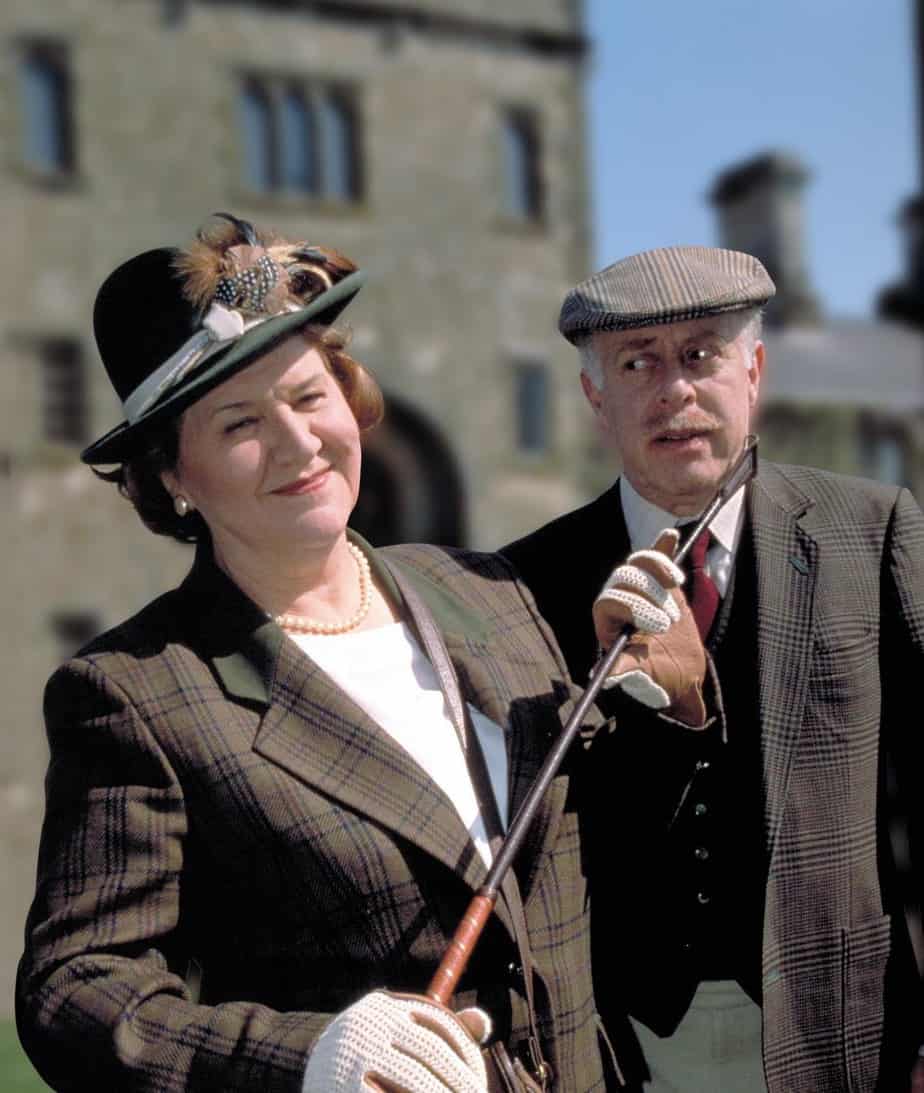
Recently the Woman’s Hour podcast talked about a gendered comedy trope which I’d never really noticed was gendered: the socially aspiring, snobbish female. Hyacinth Bucket is a standout example, along with: Linda Snell from The Archers Audrey fforbes-Hamilton from To The Manor Born Margo from The Good Life (Penelope Keith is especially good at playing […]
-
Humour in the Nancy Cartoons by Olivia Jaimes
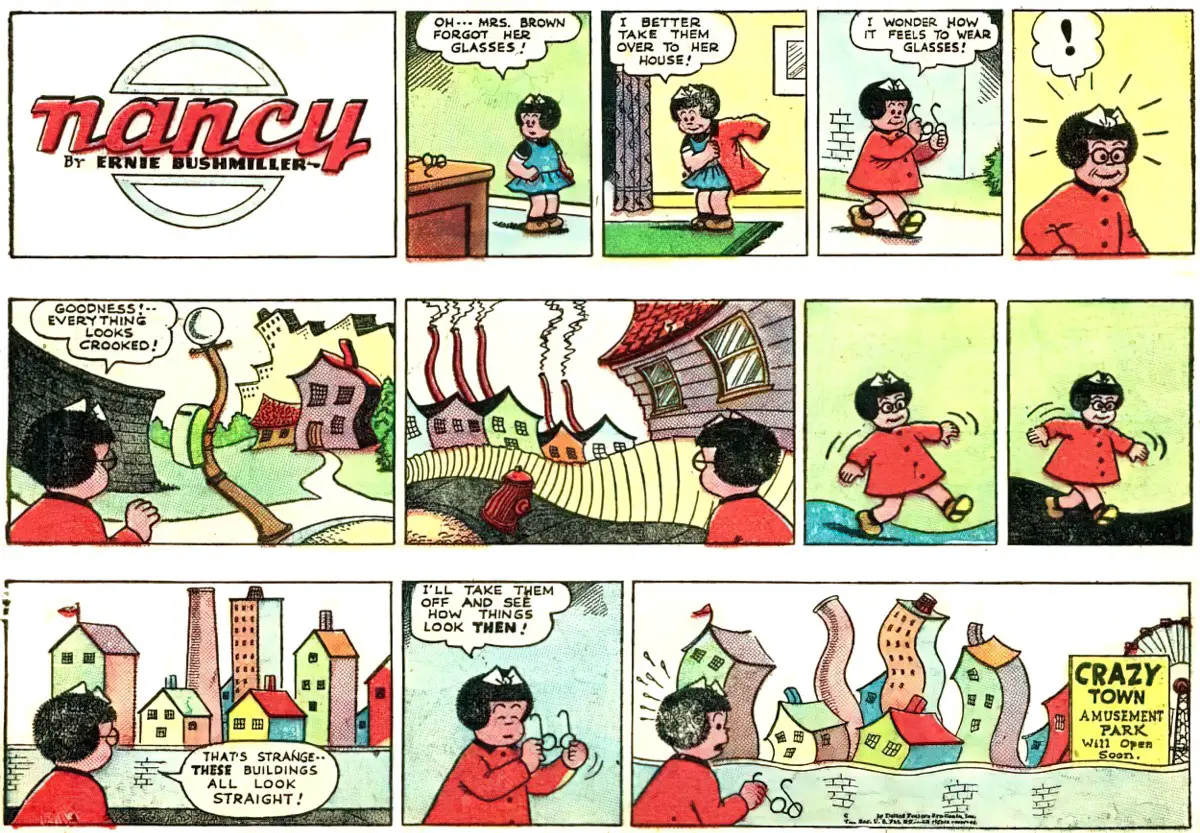
I really like Scott Dikkers’ taxonomy of humour categories. Today I’m taking a closer look at why the new Nancy cartoons by the pseudonymous Olivia Jaimes work so well for so many. In short, why are these minimalist snapshots funny?